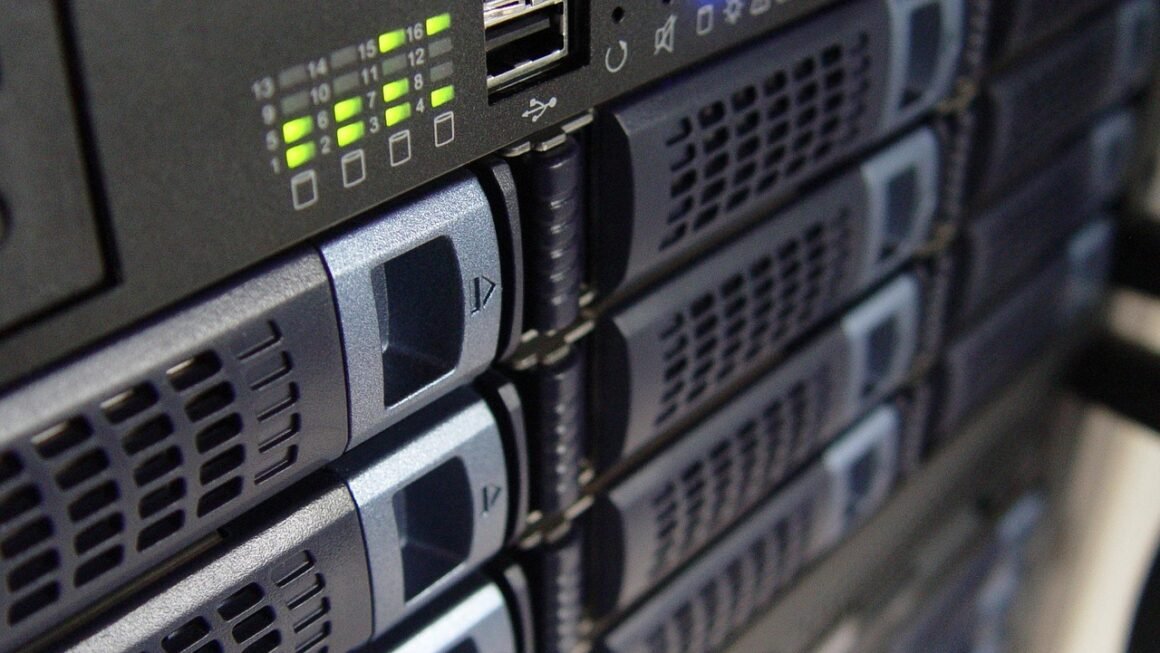Distributed Computing: Revolutionizing Large-Scale Data Processing
Distributed computing has emerged as a transformative technology for managing and processing massive datasets in today’s digital landscape. It enables the distribution of computational tasks across multiple interconnected computers, maximizing efficiency and scalability.
Benefits of Distributed Computing
Enhanced Scalability
- Supports handling exponentially growing data volumes by adding additional computing nodes to the network.
- Allows for parallel processing, significantly reducing computation time.
Increased Availability
- Eliminates single points of failure by distributing data and tasks across multiple machines.
- Provides continuous service even if individual nodes experience downtime.
Cost Optimization
- Leverages commodity hardware instead of expensive supercomputers, reducing infrastructure costs.
- Optimizes resource utilization by allocating resources only when needed.
Improved Flexibility
- Enables dynamic adjustment of computational resources based on changing workload demands.
- Provides flexibility to handle diverse types of data and workloads.
Types of Distributed Computing Architectures
Grid Computing
- A network of loosely coupled computers that contribute spare or unused processing capacity.
- Ideal for large-scale scientific simulations and data analysis tasks.
Cluster Computing
- A tightly coupled group of computers dedicated to a specific task.
- Typically used for high-performance computing, such as rendering and financial modeling.
Cloud Computing
- A distributed computing model where resources are delivered over the internet.
- Offers flexibility, scalability, and access to specialized hardware.
Practical Applications of Distributed Computing
- Big Data Analytics: Processing massive datasets for insights and predictive modeling.
- Scientific Research: Conducting complex simulations and modeling in areas like physics and medicine.
- Financial Modeling: Running financial simulations and risk assessments in real time.
- Image Rendering: Generating high-quality images for movies, games, and engineering.
- Cryptocurrency Mining: Coordinating the distributed validation of blockchain transactions.
Key Technologies in Distributed Computing
MapReduce:
- A programming model that breaks down large computations into smaller tasks, enabling parallel processing.
Apache Spark:
- A widely used open-source distributed computing framework for large-scale data analysis.
Hadoop Distributed File System (HDFS):
- A distributed file system that stores and manages massive datasets on commodity hardware.
Conclusion
Distributed computing empowers businesses and researchers to tackle complex and data-intensive challenges. By leveraging multiple computers simultaneously, it enhances scalability, availability, cost-effectiveness, and flexibility. Professionals in various fields can benefit from harnessing the power of distributed computing to drive innovation and solve real-world problems.



